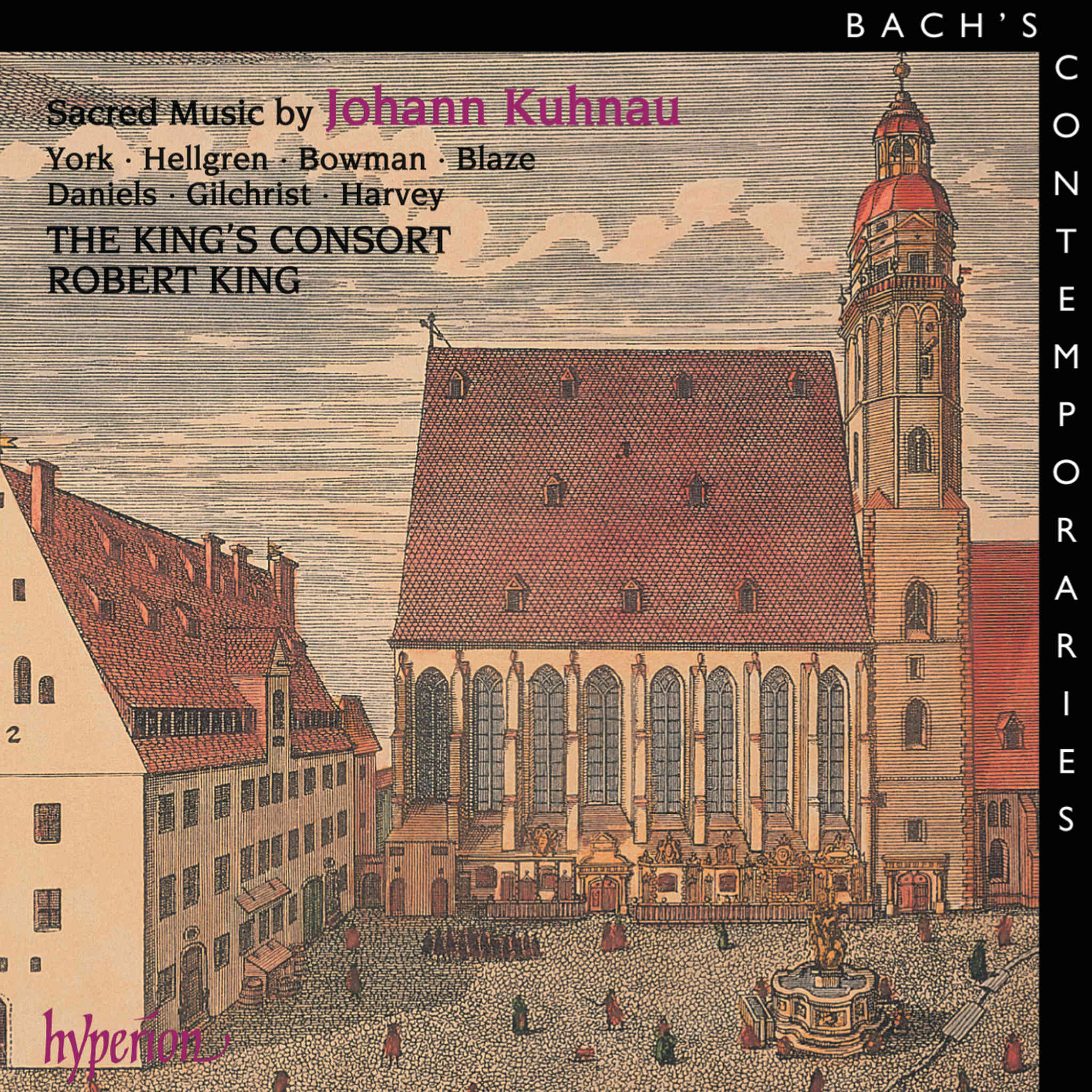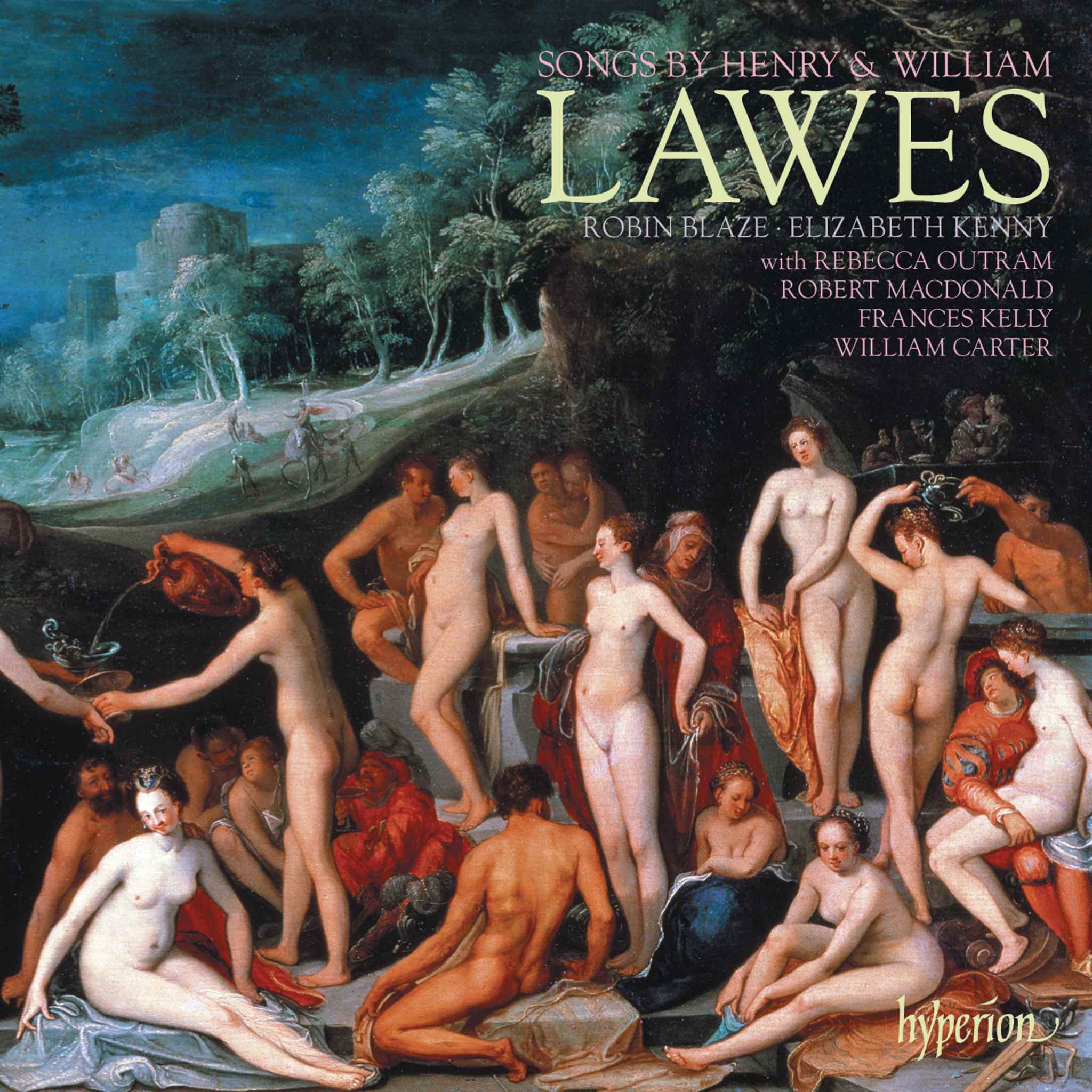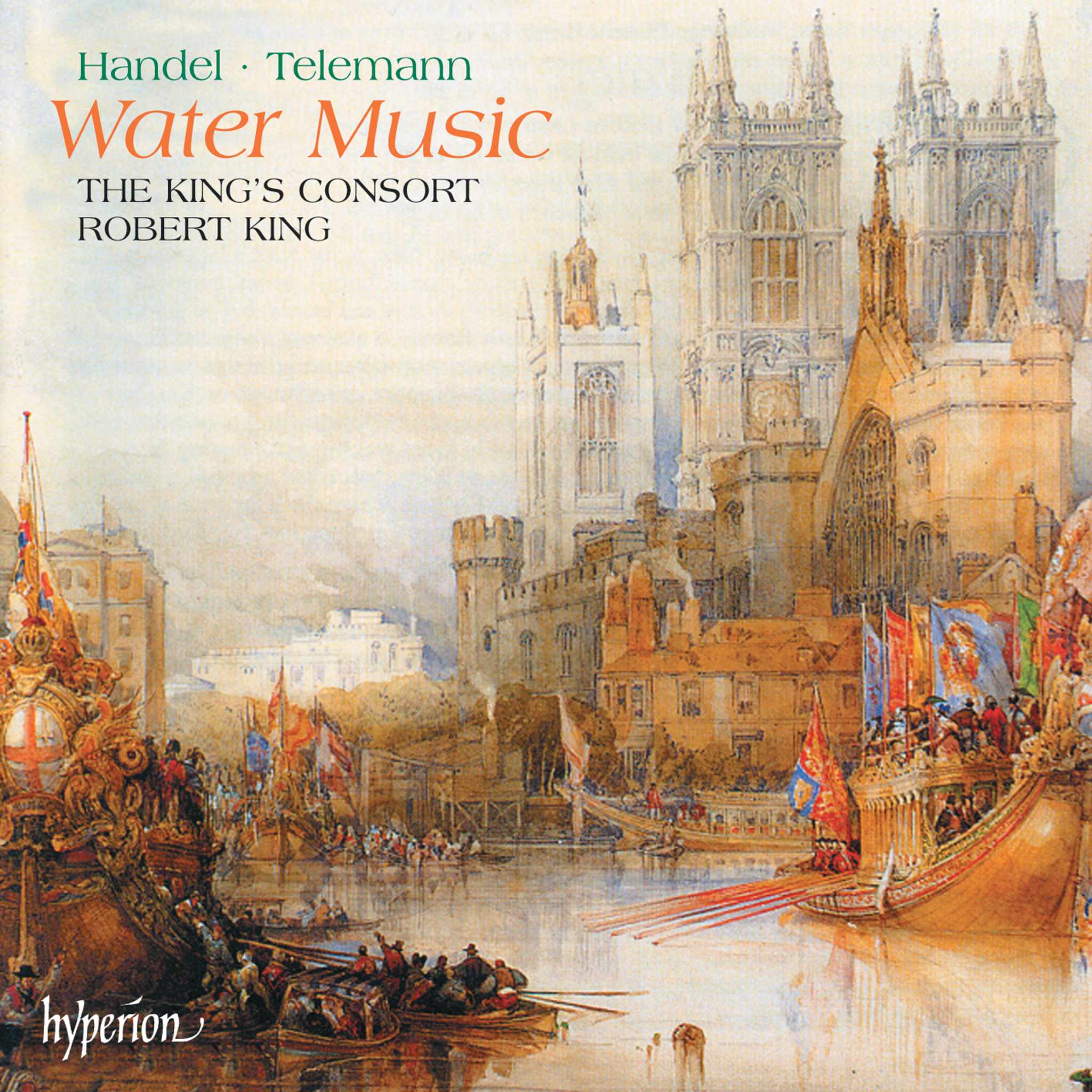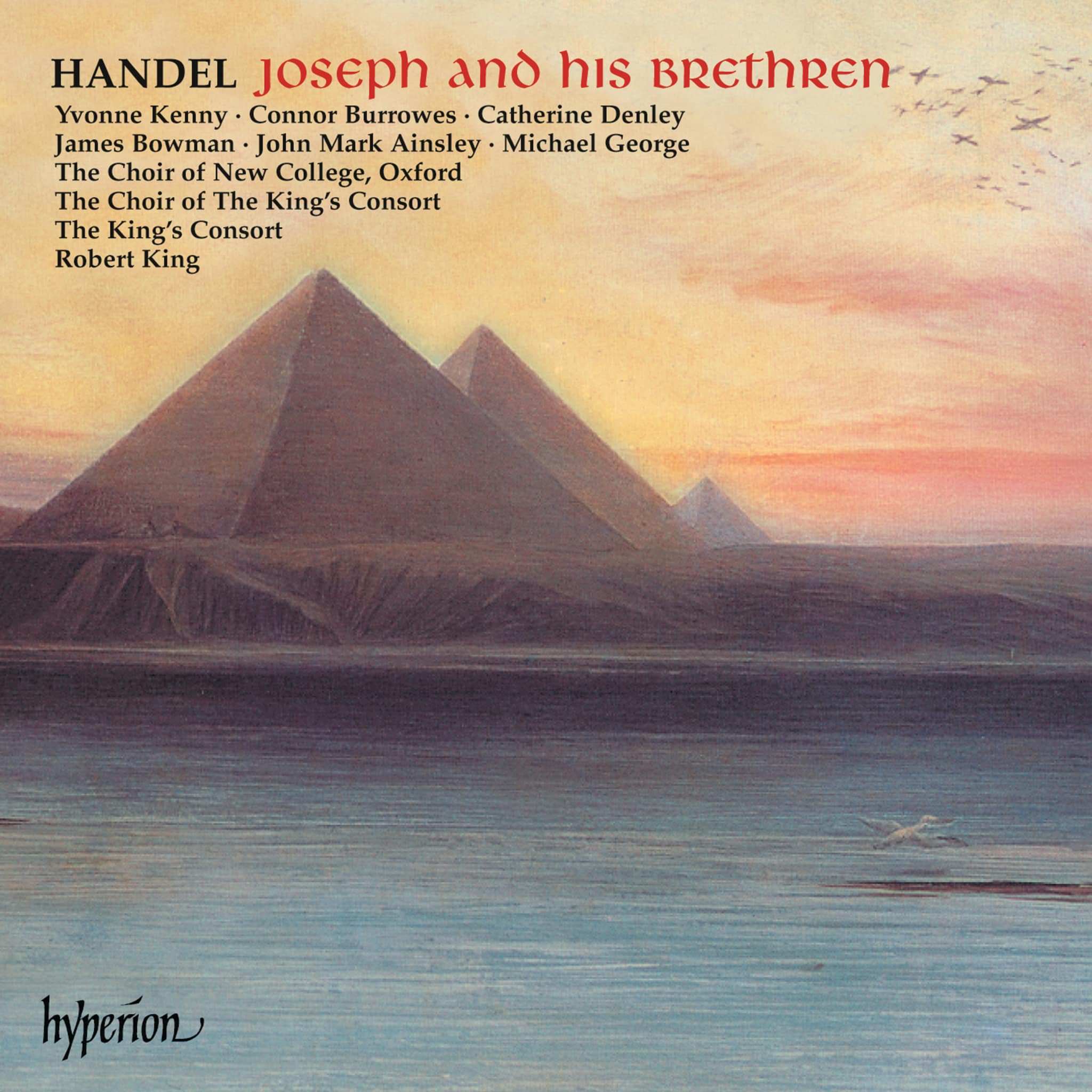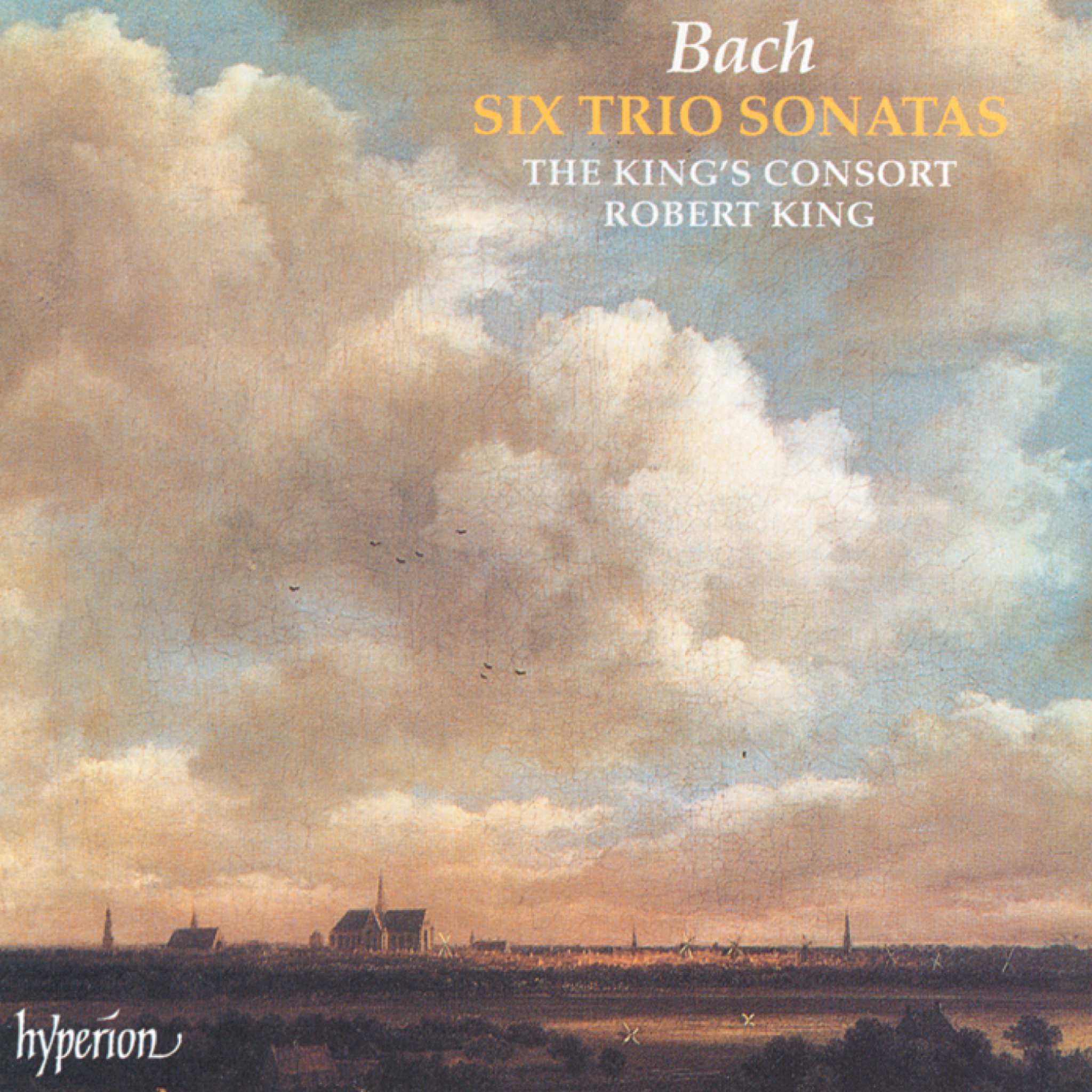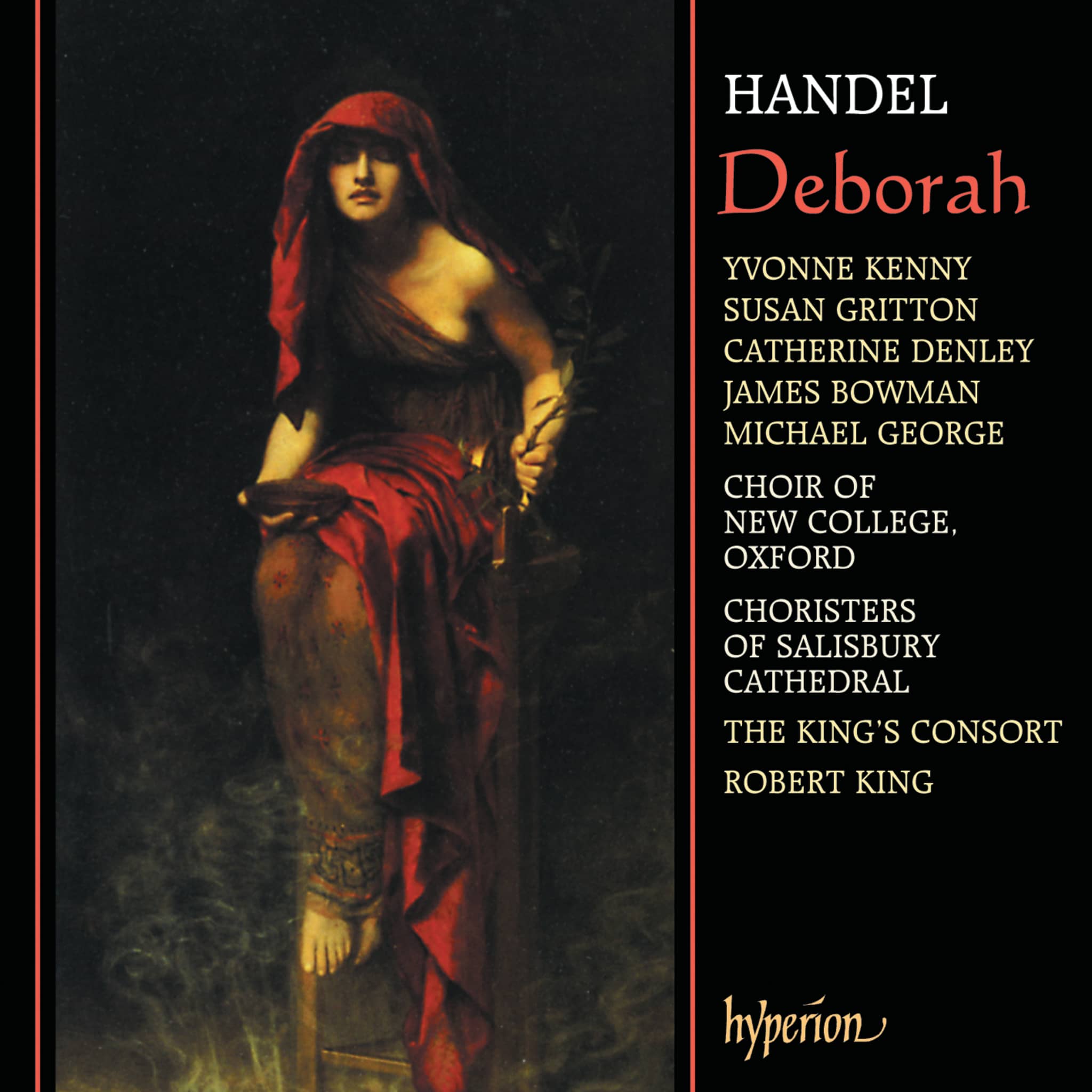Album insights
Samuil Feinberg's contribution to Bach's organ work transcriptions stands as a remarkable discovery in an already fertile field, instantly aligning him among the most successful figures in this genre. These works significantly enhance our understanding of both a great composer and interpreter: Samuil Feinberg. Through these transcriptions, a unique world and era are illuminated, shedding light on Feinberg's multifaceted creative activities as a composer, arranger, pianist, musicologist, and teacher, activities intertwined and inseparable. Feinberg's stylistic evolution varied across his roles. Following in the footsteps of Skryabin and Prokofiev, he initially experimented with a bold style. Despite the caprices of Russian and Soviet history, Feinberg's journey as a composer proved to be paradoxical and contradictory. His shift towards a peculiar, romantically veiled neoclassicism sought to navigate the musical impasses of the mid-20th century, albeit not always convincingly.
Born in Odessa on May 26, 1890, and raised in Moscow shortly after, Samuil Feinberg studied piano at the Moscow Conservatory under Alexander Goldenweiser and composition privately under Nikolay Shcherbachev (a student of Taneyev). Despite early success as a pianist and preoccupation with learning new works, Feinberg's focus shifted to interpreting after the 1917 Revolution. Initially, composition took precedence until around 1925 when his 6th Piano Sonata garnered acclaim at a contemporary music festival in Venice. This event marked the beginning of Feinberg's international pianistic career, particularly in German-speaking countries. From 1922, he also taught at the Moscow Conservatory. Due to Stalinist developments in the 1930s, Feinberg was restricted from traveling abroad unless it involved international competition juries, like the Brussels competition in 1938. Hindered by his Jewish background, Feinberg was unable to perform his early works publicly, as they did not align with socialist realism criteria. Despite maintaining artistic independence, his style gradually evolved towards a fervent focus on transcriptions. Nevertheless, he remained a celebrated pianist in his homeland, delivering comprehensive cycles of Scriabin, Beethoven, and Bach. Evacuated during World War II along with other Soviet artists to the Caucasus and Central Asia, Feinberg's career faced further challenges during the notorious 1948 Zhdanov affair, reflecting persistent threats due to his Jewish heritage. Battling health problems, Feinberg stopped public performances in 1956, yet continued recording until his passing on October 22, 1962.
Feinberg's enduring interest in Bach's organ works transcriptions placed him in a lineage of composers and pianists preceding and succeeding Busoni, notably Liszt and more recently Kurtág. Early in his career, Feinberg embarked on a trip to Berlin in 1913 with hopes of studying under Busoni. However, Busoni's absence in Berlin during that time led Feinberg to receive instruction from Schnabel and Lamond instead.
Feinberg's meticulous rendition of Bach's "48" during his farewell concert at the Moscow Conservatory in 1914 marked a notable achievement. Integrating Bach's works into his repertoire early on, Feinberg's depth of understanding and interpretation left a lasting impression.
Through Feinberg's lens, the art of transcription involves a delicate balance between preserving the original notation and infusing new interpretative nuances to enrich the piece. Contemplating the nature of transcription, Feinberg's insights emphasize the artistic initiative required in rendering a Bachian work faithfully yet creatively.
Exploring the nuances of Feinberg's transcriptions, particularly Bach's Choral Preludes, reveals the composer's profound appreciation for the underlying musical structure of each piece. This consciousness guided his thoughtful registration choices and innovative interpretations, exemplified in pieces like BWV650 in G major, reflecting meticulous attention to Bach's occasional performance cues.
Comparing Feinberg's transcriptions with Busoni's reveals divergent yet intriguing approaches in pieces such as BWV665 in E minor and BWV659 in G minor. Varied tempos, dynamics, phrasings, and articulations underscore their distinct interpretative visions despite certain parallels in their methods.
Feinberg's transformation of Bach's Largo from the Trio Sonata No. 5, BWV529, exemplifies his penchant for imaginative harmonization and expansion, akin to Busoni's approach in reimagining Bach's works for different contexts. Both composers' visionary efforts blur the lines between interpretation and composition.
Feinberg's wide-ranging harmonic palette and penchant for contrast-rich compositions breathe life into his piano works as well as his transcriptions, endowing them with a unique vitality reflective of his personal style.
Christophe Sirodeau © 2004

